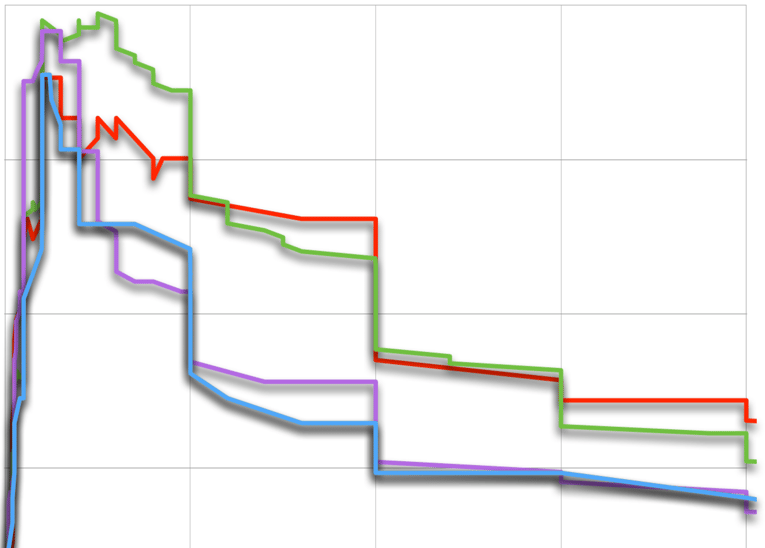How Airbnb Measures Willingness-To-Pay
 PriceBeam
·
1 minute read
PriceBeam
·
1 minute read
Not all pricing decisions are “strictly business”, where the main objective is profit or revenue maximization. In some cases, the price is set based on a goal that the price setter wants to meet. Maybe he just wants to break even and live a happy life, or make just enough to pay the leasing cost of his Mercedes.
This used to be a problem for Airbnb. The homeowners would set their listing’s price according to personal financial goals, for example at a level that would cover their mortgage costs or pay their own holiday expenses. And typically, a price that was aligned with these objectives, rather than market prices or the willingness-to-pay of the users, was much lower - and Airbnb would lose out on a lot of revenue from their percentage-fee.
To encourage “strictly business” pricing that maximized revenue, Airbnb launched a new pricing algorithm in 2015 that would provide homeowners with an estimation of the willingness-to-pay for their listing, based on factors such as location, dates, local happenings, and how much time the user was booking in advance. These are just a few examples as the algorithm takes hundreds of different factors into consideration, showcasing just how many factors contribute to determining willingness-to-pay.
Read the full article about the Airbnb algorithm here.
Click here to learn how you can measure your customer’s willingness-to-pay
.png?width=400&height=100&name=PBLogoTransparent%20(1).png)




